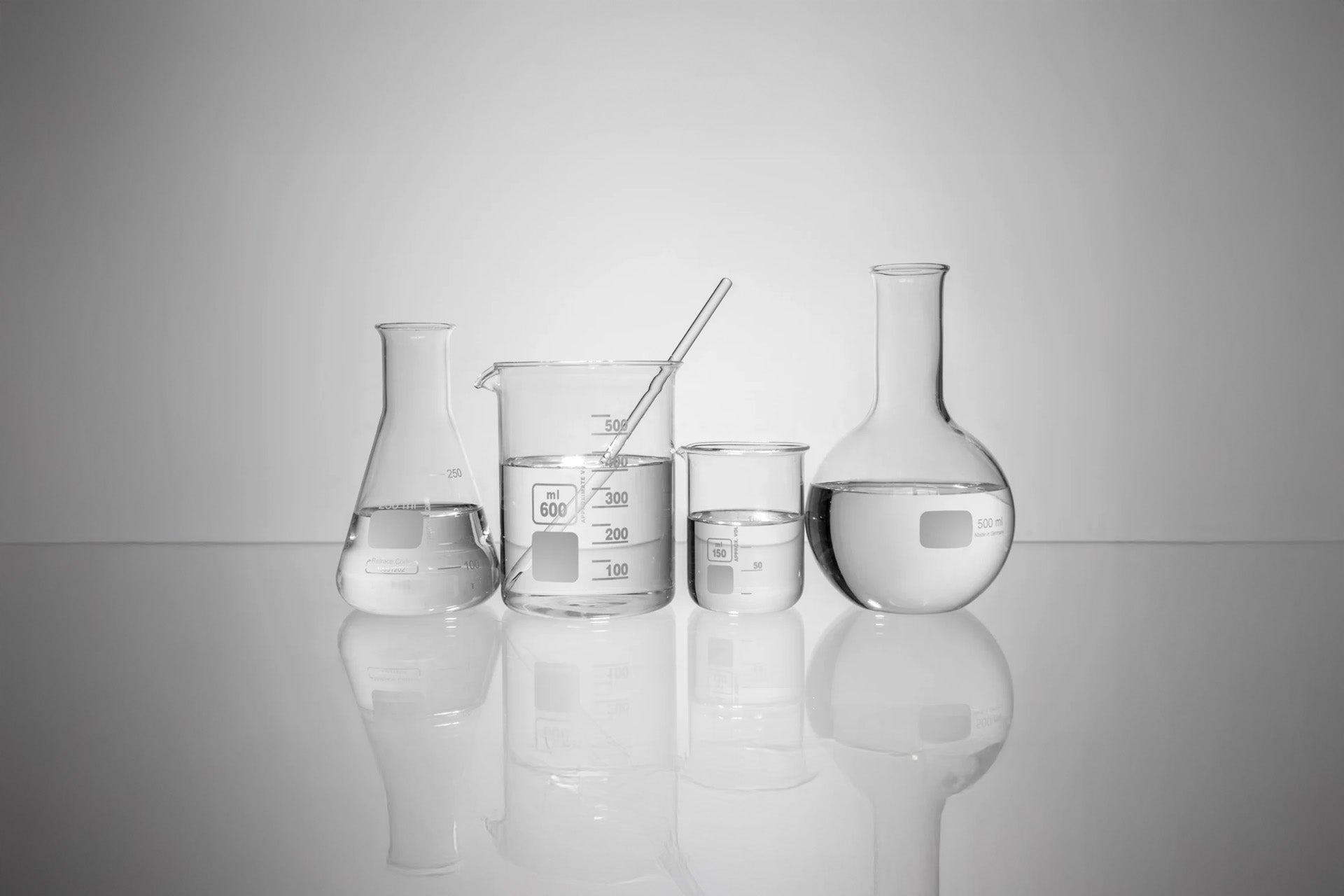This is why EthoSun takes a firm stand as an advocate against toxic chemicals. We never include ingredients known to harm your body, marine life, or the planet. Our philosophy is simple: skin first, planet always.
While many sunscreens effectively protect against UV radiation, some chemical ingredients can have adverse effects on human health and the environment. Here’s a list of chemicals commonly found in conventional sunscreens that are best avoided, especially for a skin, reef, ocean & planet -safe and health-conscious brand like Ethosun.
Reef & Ocean -Harming UV Filters:
Here is a categorized breakdown of sunscreen chemicals based on current scientific
research, environmental impact, and their status in reef-friendly
formulations. The chemicals are divided into:
- Banned or Universally Excluded in reef-friendly formulations
- Gray Area / Under Review – sometimes still used, but
increasingly avoided - Should Be Listed and Disclosed – due to environmental or health
concerns



